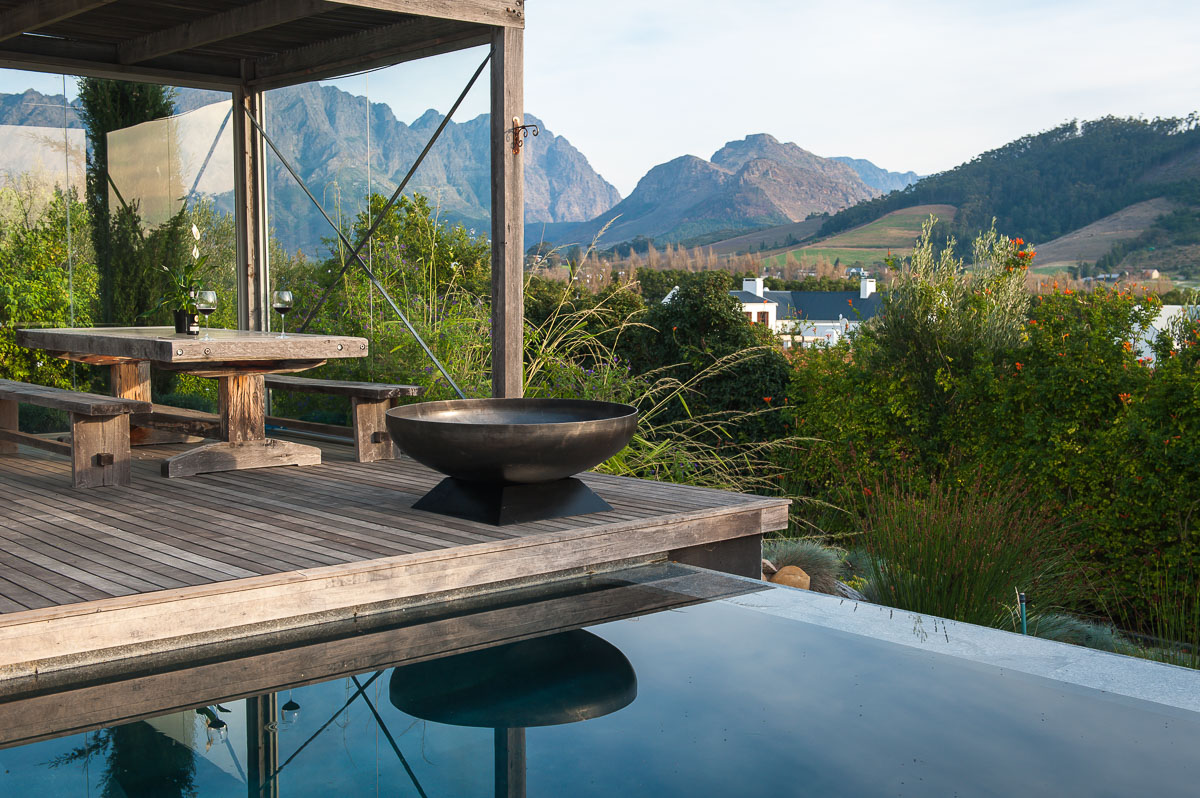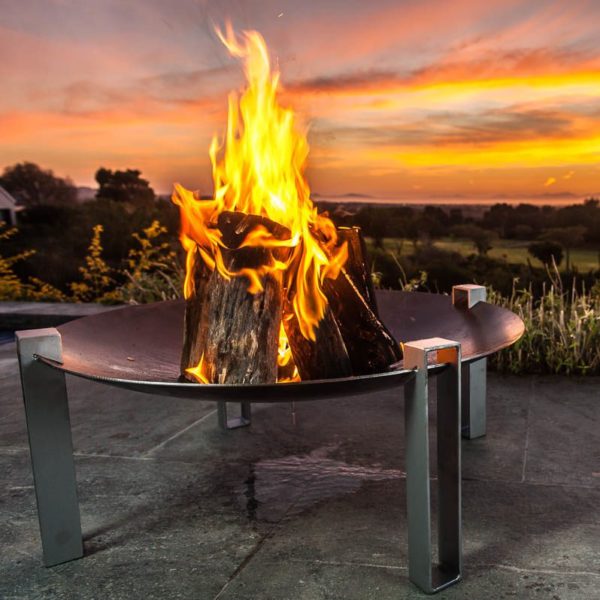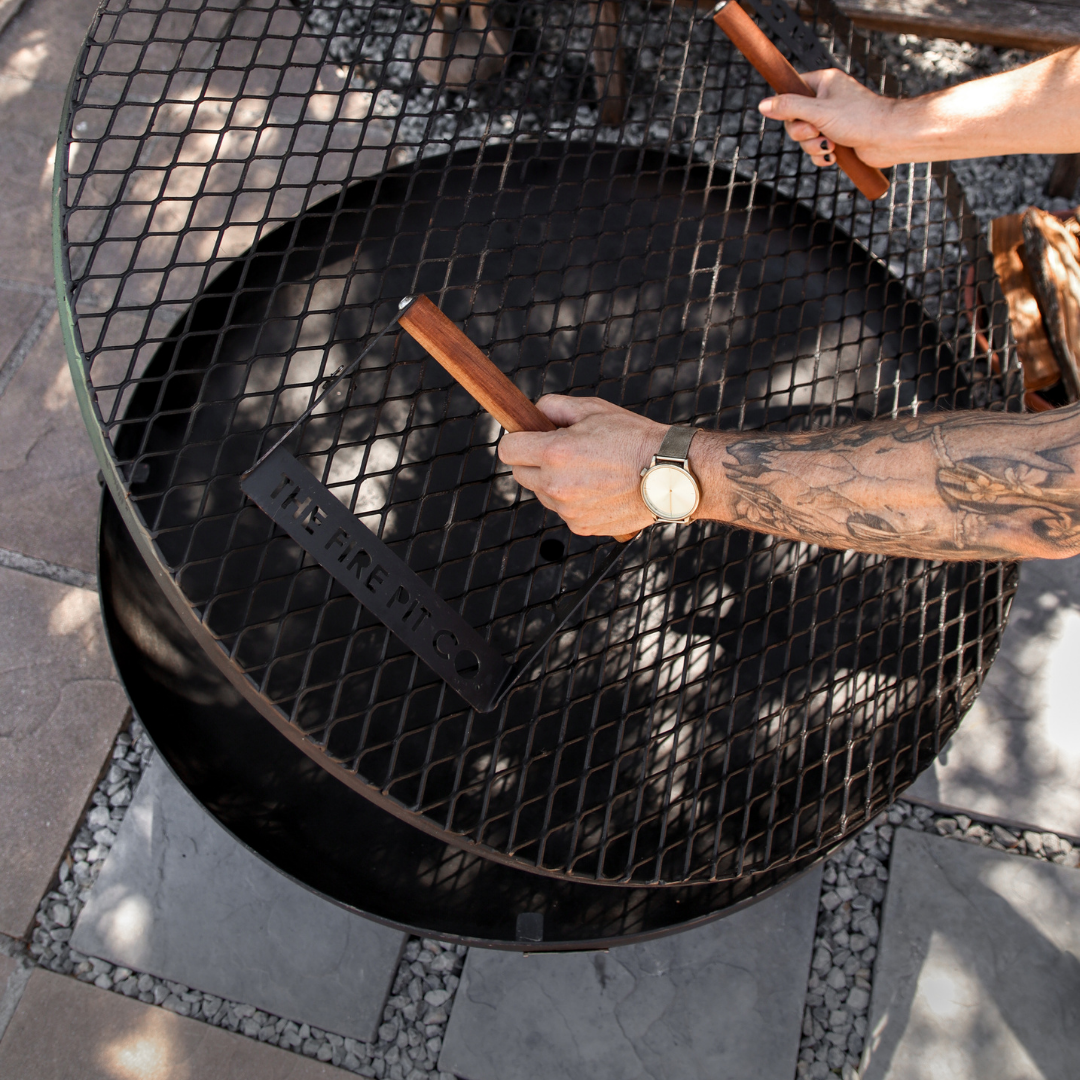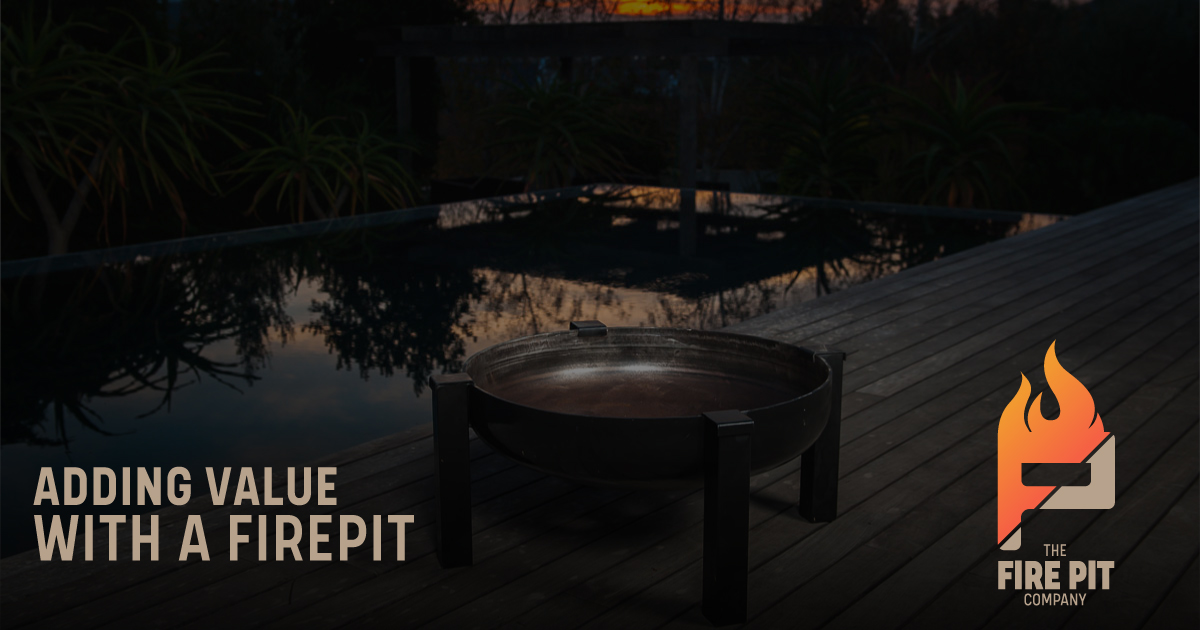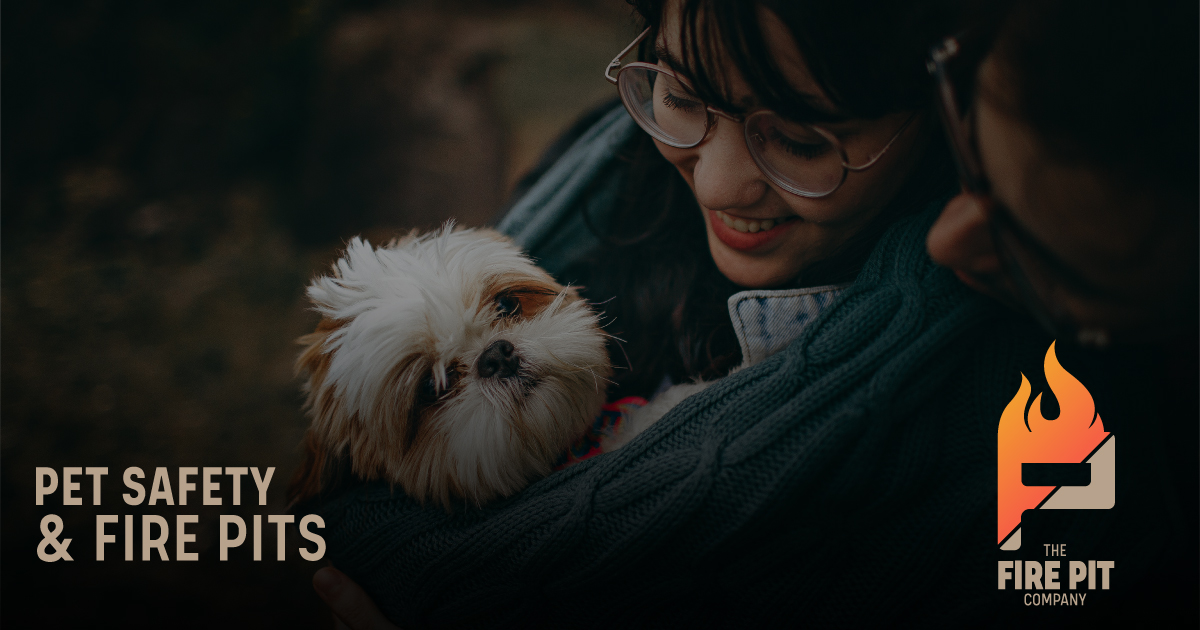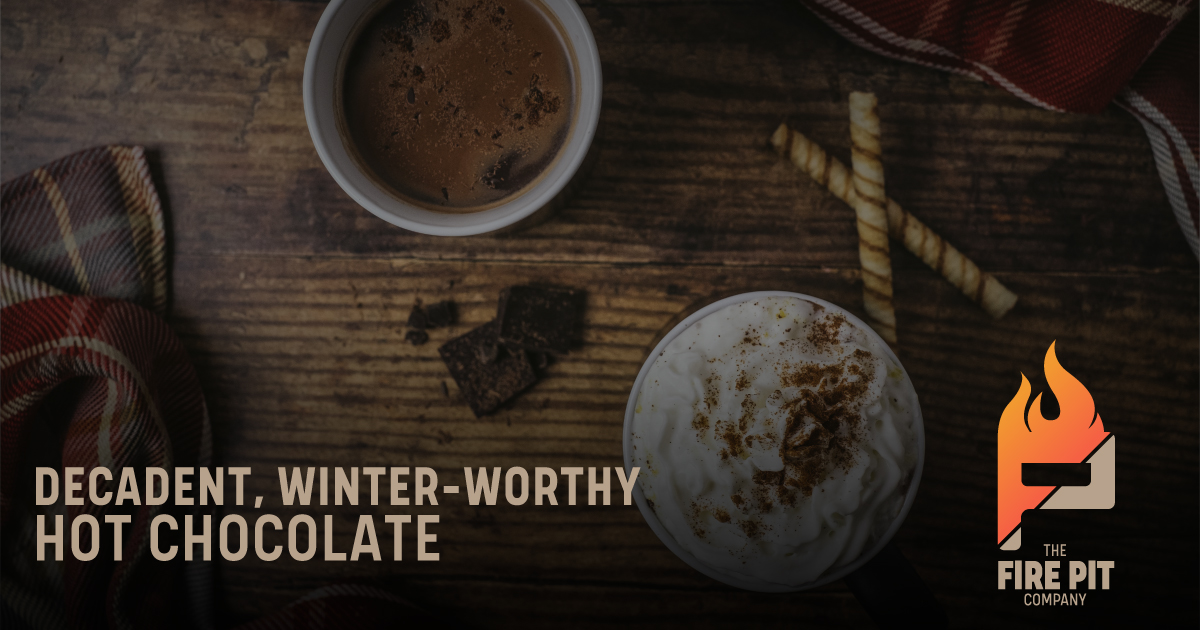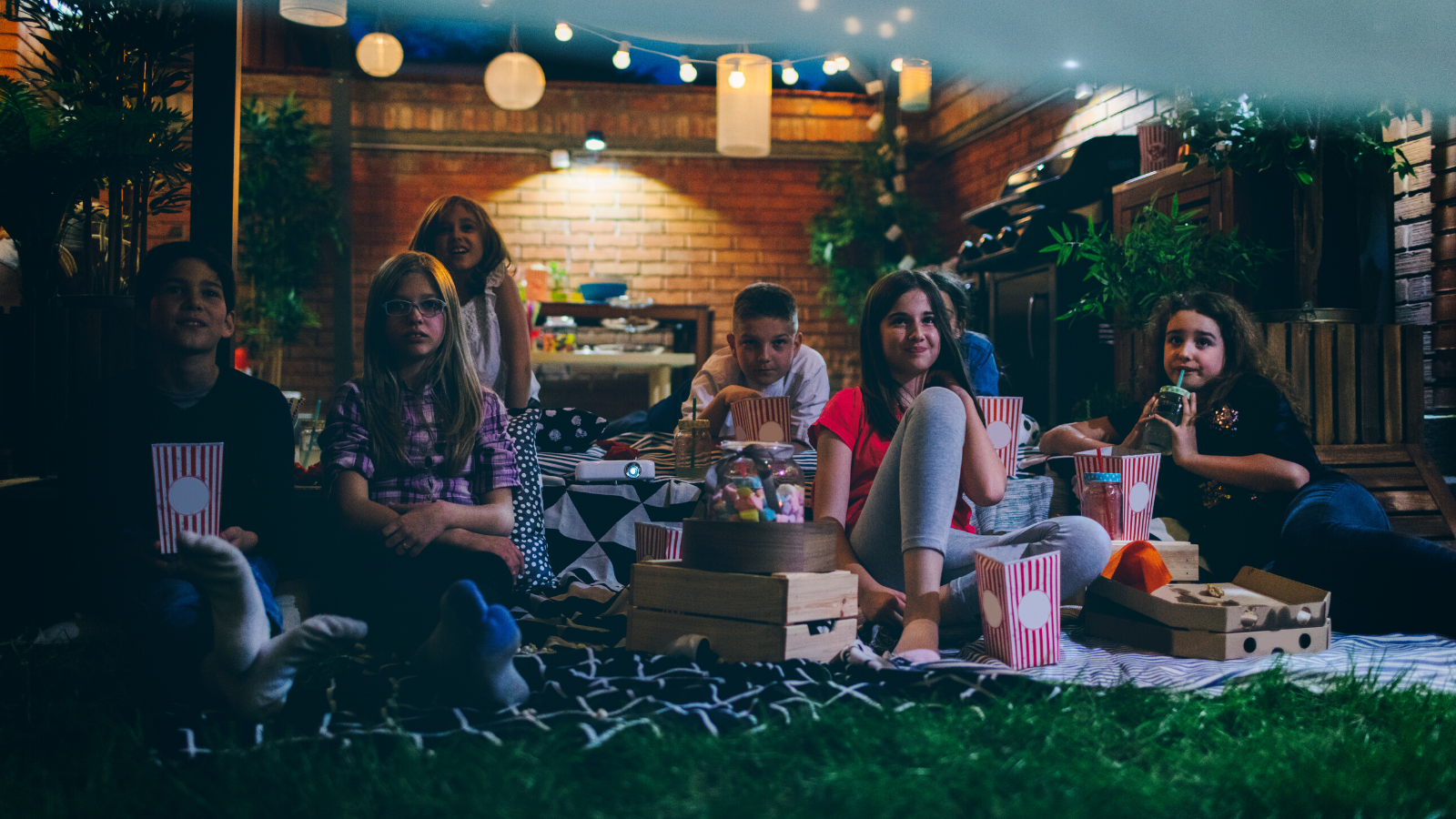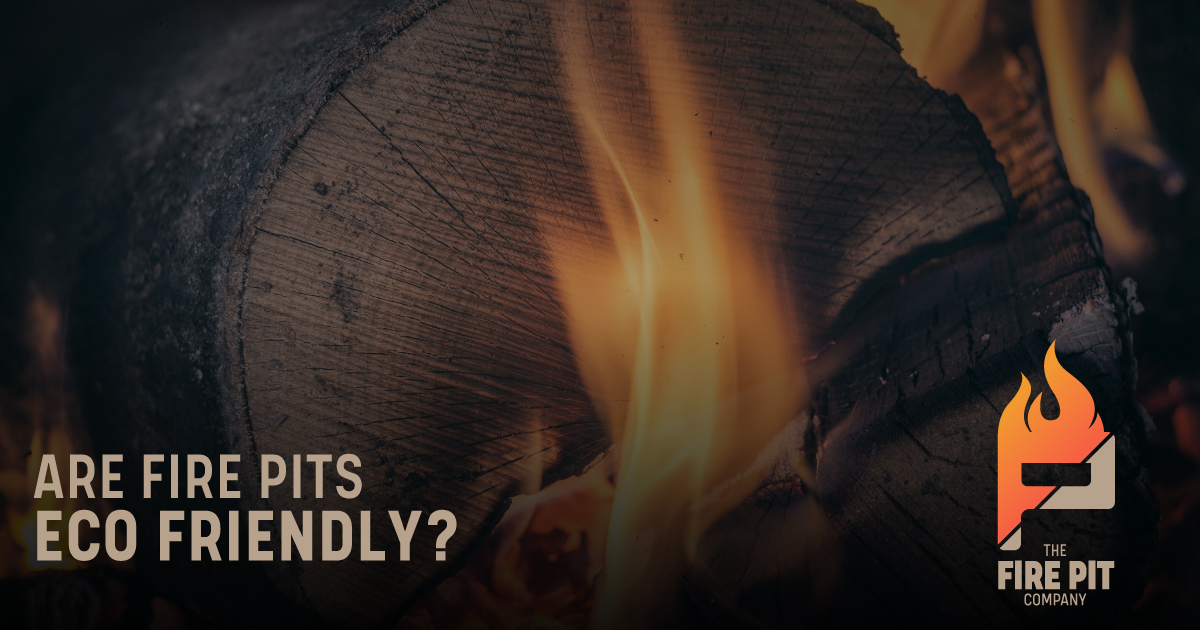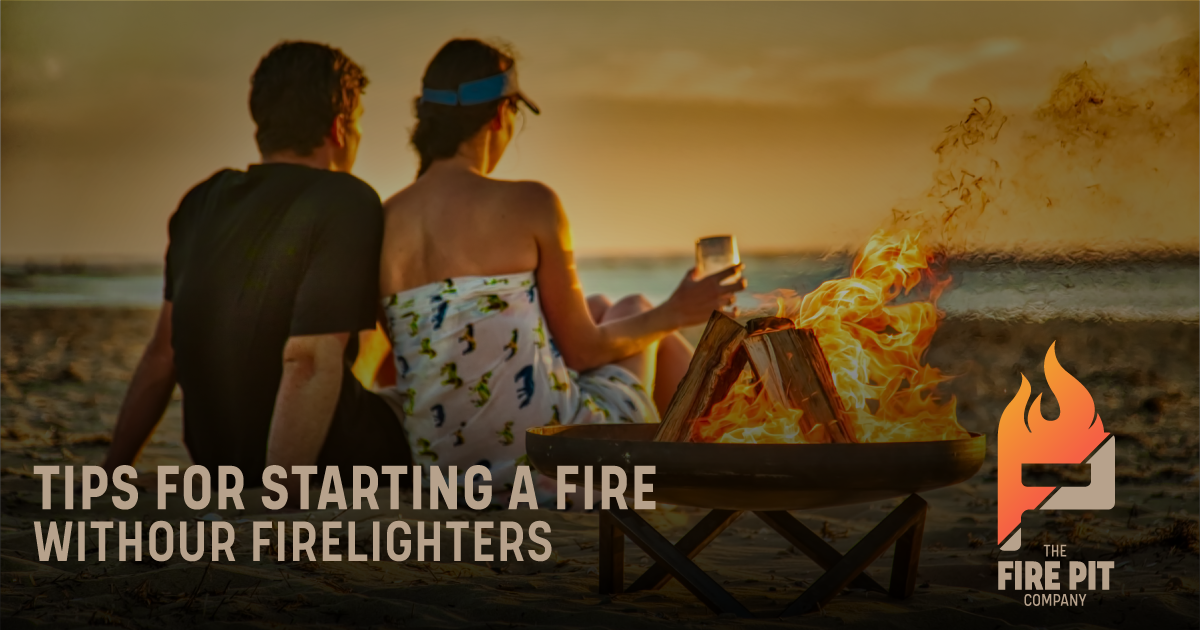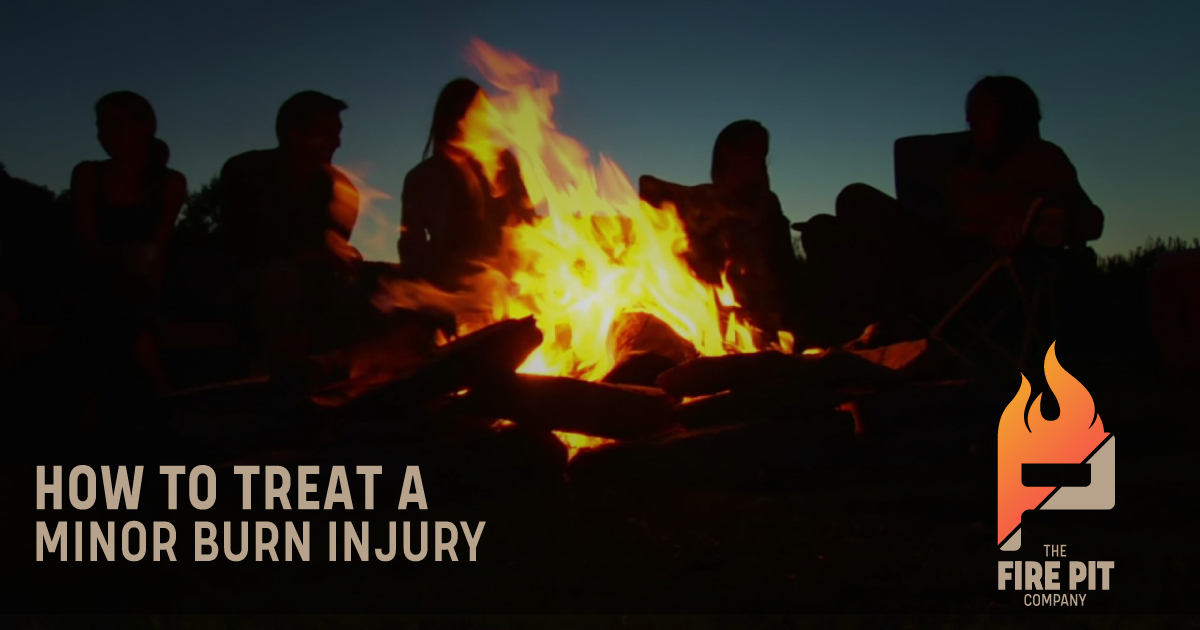
Statistically, burns are one of the most common household injuries. If you own a fire pit, there is a genuine possibility that you or one of your family members may unfortunately end up being a burn victim by accident.
Luckily you can rest assured because not all burns require a hospital visit. You can treat most first- and second degree burns at home, with the right methods. It is essential to understand that injuries are categorized according to severity. The least severe is considered a first-degree burn and only affects the outer layer of skin. Second-degree burns are more alarming and cause blisters and white, wet, shiny skin. Third- and fourth-degree wounds are considered medical emergencies and should never be treated by anyone other than a registered nurse or a doctor.
First and second-degree burns usually heal within two weeks and doesn’t cause any scarring. The goal of at-home burn remedies is to reduce pain, prevent infections, and to heal scars quickly. Here are our top tips for treating minor burn injuries yourself.
Cool the burn:
The first thing you should do after a burn occurred is to run fresh water over the injured area. Then you need to apply a cool (not ice cold), wet cloth to the burned skin. Keep the damp cloth compressed to the burned skin for about 10 minutes, or until the pain subsides.
Apply petroleum jelly two to three times daily:
The worst things to apply to burns are toothpaste and butter. Some ointments may even cause infections as well. Our best advice is to apply petroleum jelly to burnt skin – nothing heals, and hydrates burned skin cells quite like good old Vaseline.
Aloe Vera & honey:
Aloe Vera and honey are anti-inflammatory and promotes circulation. Aloe is often referred to as the “burn plant” because it has proven to be effective in healing first- to second-degree burns. When you do ,however, apply aloe Vera to your burnt skin, make sure that you use a product that contains a high percentage of Aloe Vera.
Reducing sunlight:
Try not to expose your burn to direct sunlight. Exposing your wound to too much sunlight will leave the already sensitive skin feeling more burnt and throbbing. Consider covering your burn with clothing.
Keep blisters covered:
The possibility stands that some blisters might form where you burnt yourself. If this is the case, let it heal while keeping the area covered. It doesn’t matter how tempting it is to pop your blisters, don’t do it! Popping a blister by yourself can cause infections. If you are alarmed by the severity of your blister, we advise that you go to a medical professional.
For the most part, first and second-degree burns heal on their own without professional treatment from a doctor. However, if the size of the burn is alarming or the patient is an infant or an older person, we advise that you go to the doctor immediately.

